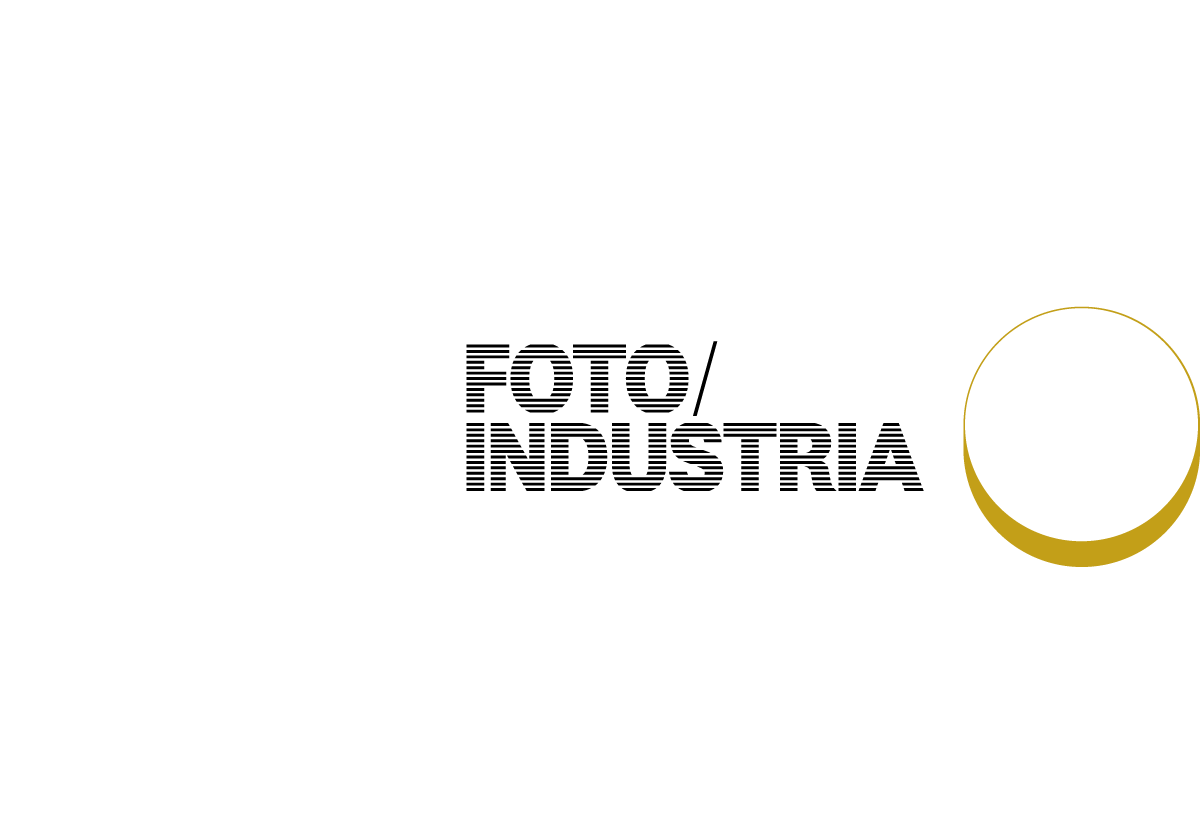
KATHY RYAN
ILLUMINATIONS, PARIS, 1925 SOCIÉTÉ FRANÇAISE DE PHOTOGRAPHIE
Writing with light: nocturnal photography by Léon Gimpel. Paris, December 1921. Christmas Eve, an elephant takes up water from a waterfall and sprays a crowd of monkeys hidden in some palm trees. The scene is in Paris, rue de Rivoli. Made from coloured neon lighting, it was the work of the Florentine engineer, Jacopozzi. He helped transform the Paris of the twenties into “the city of light”, and gained renown with his lighting project to create the “False Paris” ordered by the French military high command during the First World War. The lighting experiments performed by this “light magician” fascinated the French photographer Léon Gimpel.
Luce Lebart, curatrice della mostra
Location
Museo di Palazzo Poggi
Via Zamboni, 33 – Bologna
Mesmerised by illumination, Gimpel used the autochrome technique, the first colour process marketed by the Lumière Brothers. His technique consisted in overlaying two shots, one taken at dusk, and the other after nightfall, in order to capture the scene and night lighting to a maximum.
From coloured signs to decorative advertising, the lighting entertainment industry was the result of research carried out by the French chemist Georges Claude, who invented the high voltage luminescent tube (neon) in 1910.
Luce Lebart, curatrice della mostra
Location
Museo di Palazzo Poggi
Via Zamboni, 33 – Bologna
Part of the University of Bologna complex, sixteenth-century Palazzo Poggi houses the laboratories and collections of the old Istituto delle Scienze, the first public scientific institute devoted to research and education. At the forefront of European scholarship in the seventeenth, today it contains a collection of extraordinary wax anatomical models as well as the museum of Ulisse Aldrovandi, the father of modern natural history. Its halls offer one of the most important examples of sixteenth-century painting in the Po Valley.




